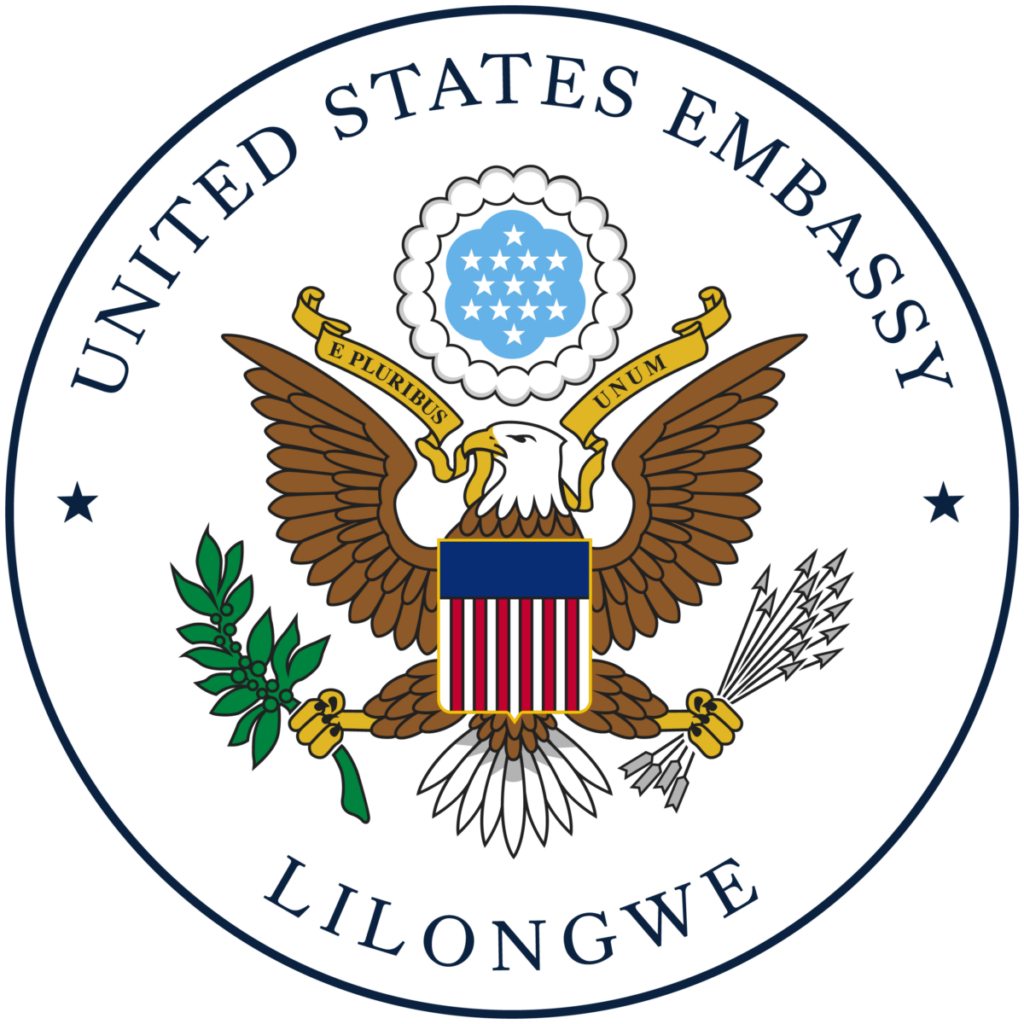
The United States and Malawi share a partnership focused on advancing health, education, economic development, and democratic governance. To support these collaborative efforts, the U.S. Department of State Bureau of Overseas Buildings Operations is constructing a new U.S. embassy in Lilongwe that that will strengthen the United States’ relationship with Malawi, serving as a platform for continued engagement in achieving the administration’s goals.
Lilongwe serves as the country’s administrative and political center and a hub for U.S.-Malawi initiatives. The city is home to programs aimed at addressing critical challenges such as improving public health, expanding educational opportunities, and fostering economic resilience through agricultural development and entrepreneurship. The new embassy will provide a safe, secure, functional, and resilient space to strengthen collaboration with Malawian government officials, civil society, and private sector leaders to advance U.S. foreign policy.
Project Overview
Miller Hull
Design Architect
Page
Architect of Record
B.L. Harbert International
Design/Build Contractor
$372 million
Project Budget
$90 million
Estimated Local Investment
2026
Estimated Completion
The new U.S. Embassy Lilongwe project supports important diplomatic and commercial relations between the United States and Malawi.
It embodies OBO’s mission of providing the most effective facilities for U.S. diplomacy abroad ensuring the United States is safer, stronger, and more prosperous.

Design & Construction
The design prioritizes communal spaces, drawing people in and promoting a natural flow of movement that will foster collaboration and engagement.
Native tree species strengthen the landscape’s link with the nearby Lilongwe River and Lingadzi Forest Reserve.
The building’s shell directs natural light into collaboration areas while moderating the intensity.
The training, experience, and certification provided to workers expands the pool of skilled workers for future mission needs.


Building Performance
A model of building performance optimization, the resilient design reduces risk and operating costs associated with utilities and maintenance while enhancing natural hazards adaptation.
Exterior solar shading elements will help mitigate solar heat gain.
The landscape design promotes the absorption of stormwater and prevents surface runoff. Indigenous plantings support wildlife and habitat growth and minimize the need for irrigation.
Art
The new U.S. Embassy Lilongwe embodies U.S. creativity and heritage through design and craftsmanship, fostering dialogue and diplomacy to strengthen relationships and advance U.S. interests.
A defining features of the new embassy is the incorporation of U.S. and Malawian contemporary artwork throughout the building, curated by OBO’s Office of Art in Embassies (AIE).

